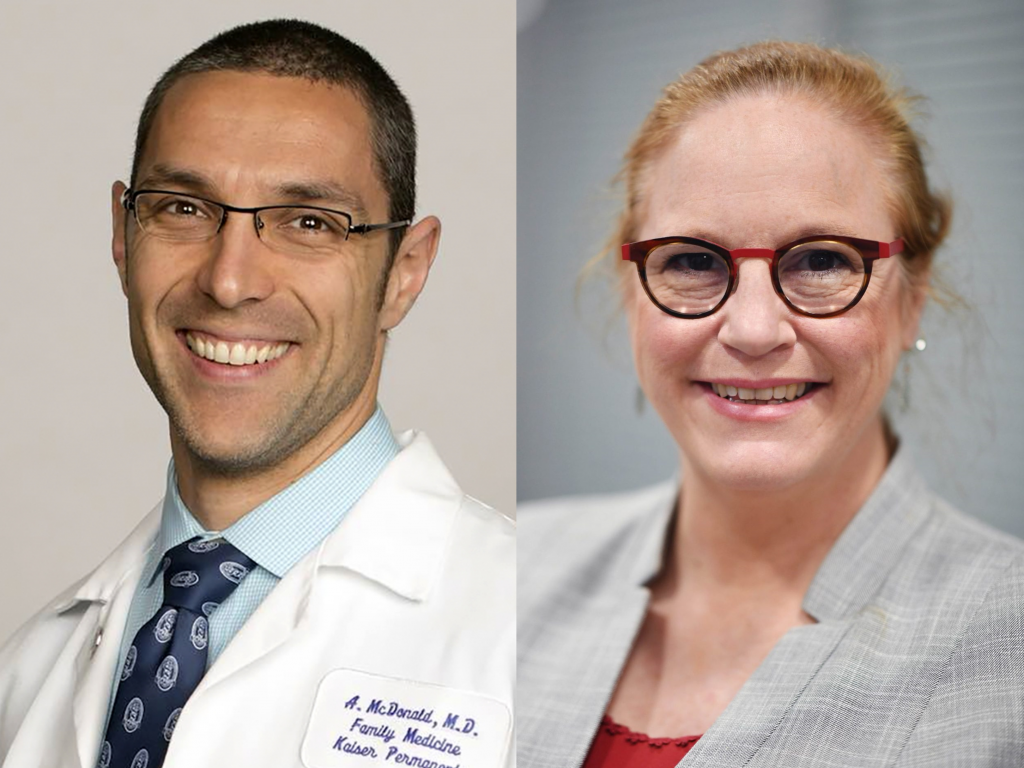"In the past, neuroimaging research has yielded very inconsistent and unreliable results, especially in psychiatric illnesses. This has led to a so-called 'reproducibility crisis,' which makes it hard for us to translate our results to the real world," Dr. Shan Siddiqi of Brigham and Women's Hospital in Boston told Reuters Health by email.
"It's unheard of to find consistency across 14 datasets and three different modalities - transcranial magnetic stimulation (TMS), deep brain stimulation (DBS), and lesions," he noted. "In fact, I didn't expect it to work."
"Perhaps the most interesting surprise was that clinical outcomes depended more on the target circuit than the underlying diagnosis," he said. "We found a similar depression circuit whether the patient's symptom change was caused by a brain lesion (due to traumatic brain injury, ischemic stroke, or brain bleed), therapeutic effects of brain stimulation in patients with depression, or adverse effects of brain stimulation in patients with epilepsy or Parkinson's disease."
As reported in Nature Human Behavior, Dr. Siddiqi and colleagues studied depression severity after 461 brain lesions (five datasets), 151 TMS sites (four datasets), and 101 DBS sites (five datasets).
The brain regions functionally connected to each location were identified using a normative connectome database. This method identifies a brain circuit underlying each location, and enables researchers to test whether lesions or stimulation sites in different brain regions intersect the same population-derived circuit.
As Dr. Siddiqi noted, lesions and stimulation sites most associated with depression severity were connected to a similar brain circuit across all 14 datasets. Circuits derived from lesions, DBS and TMS were similar, as were circuits derived from patients with major depression versus other diagnoses.
Further, connectivity to this circuit predicted the antidepressant efficacy of the targeted TMS and DBS sites.
In an independent analysis, 29 lesions and 95 stimulation sites for tremors and rigidity converged on a distinct circuit for PD motor symptoms.
Dr. Siddiqi said, "For most general clinicians, the simplest take-home message is that circuit-targeted interventions for depression is not just a placebo treatment. Stimulating the 'right' circuit clearly works better than stimulating the 'wrong' circuit, with over 99.9% statistical certainty."
"For clinicians practicing TMS or DBS," he said, "the take-home message is that the treatment target matters, and surprisingly, it might matter even more than the underlying cause of a patient's depression."
Dr. Philip Stieg chairman and founder of the Weill Cornell Medicine Brain and Spine Center in New York City, commented in an email to Reuters Health, "This is an early step in the right direction. Much more work needed before general clinical application occurs."
Still, he said, the data are "exciting," and the study "levels support to the concepts of applying TMS and DBS in the treatment of depression."
However, he said, "There are many subtypes of depression - will there also be circuit subtypes? The study is based on a 'normative functional connectome' dataset. But each individual is different with respect to age, gender, race, etc. Thus, targeting for TMS in DBS may vary."
Although the study "defines the anatomy," he added, "we need clinical correlation. What percentage of patients improved with TMS/DBS? How specific and effective is this?"
Dr. Hans Eriksson, Chief Clinical Development Officer at HMNC Brain Health in Munich, Germany, also commented by email. "This important contribution to the field moves us closer to an understanding of the core biological features of depression. Whether this substrate will prove to be a valid target of directed therapeutic interventions remains to be shown, but these findings will certainly influence the way drug developers will think about what novel mechanisms to explore."
SOURCE: https://go.nature.com/3eyRzZH Nature Human Behavior, online July 8, 2021.
By Marilynn Larkin
Posted on
Previous Article
« Midbrain gene therapy improved symptoms, motor function in rare genetic disease Next Article
Factor XI inhibitor cuts risk of postoperative venous thromboembolism by about 80% »
« Midbrain gene therapy improved symptoms, motor function in rare genetic disease Next Article
Factor XI inhibitor cuts risk of postoperative venous thromboembolism by about 80% »
Related Articles

December 18, 2023
Top 10 medical breakthroughs in 2023
July 25, 2024
How different are late onset and adult onset MS really?
January 10, 2022
Real-world data fail to show a benefit of edaravone in ALS
© 2024 Medicom Medical Publishers. All rights reserved. Terms and Conditions | Privacy Policy
HEAD OFFICE
Laarderhoogtweg 25
1101 EB Amsterdam
The Netherlands
T: +31 85 4012 560
E: publishers@medicom-publishers.com

